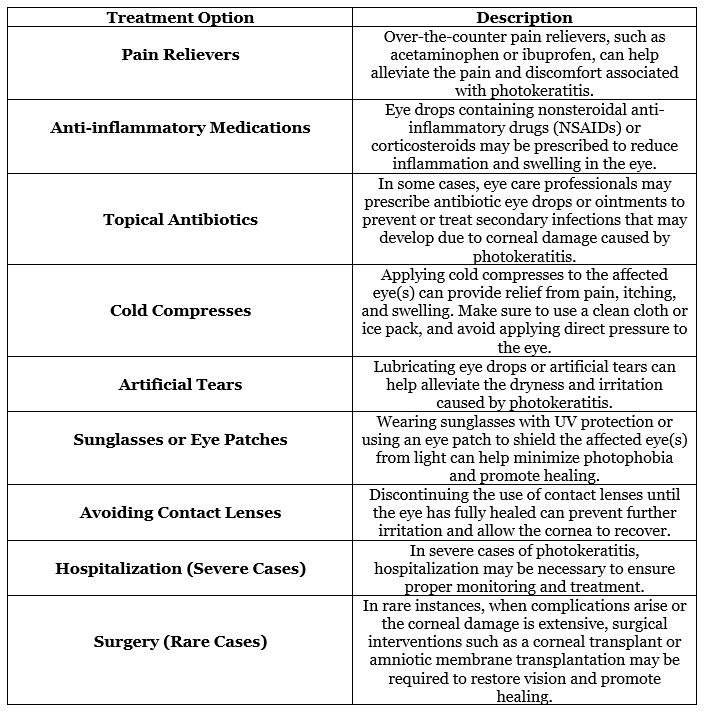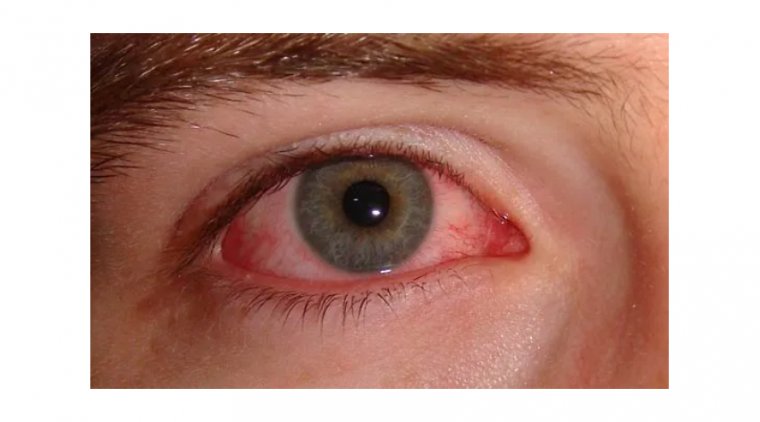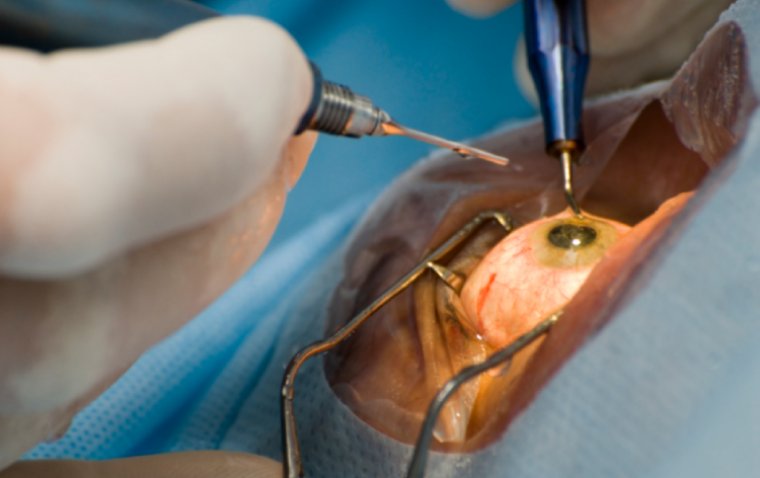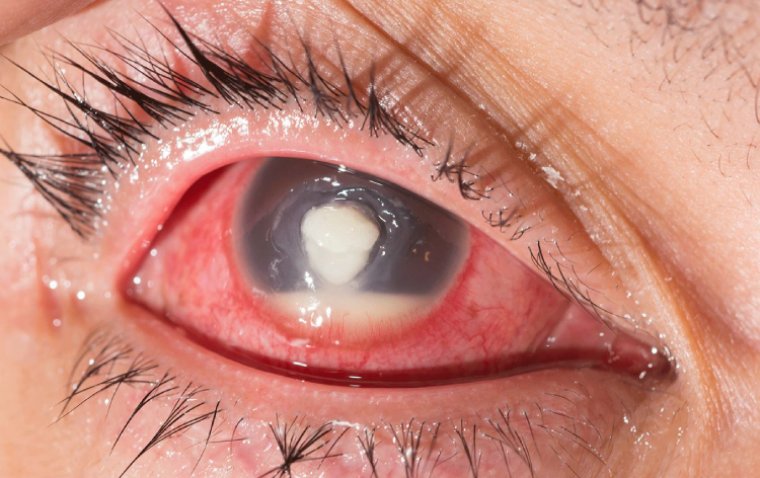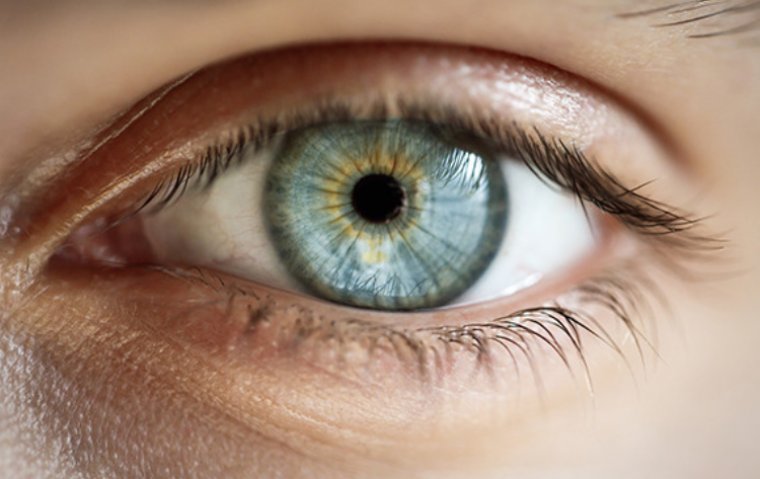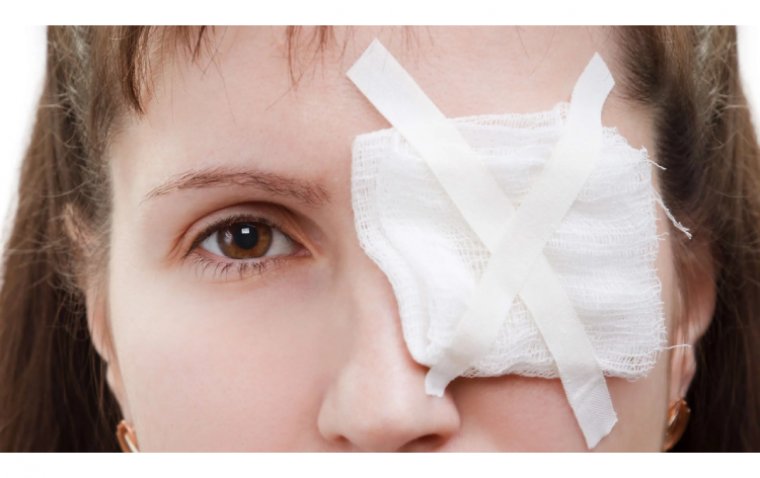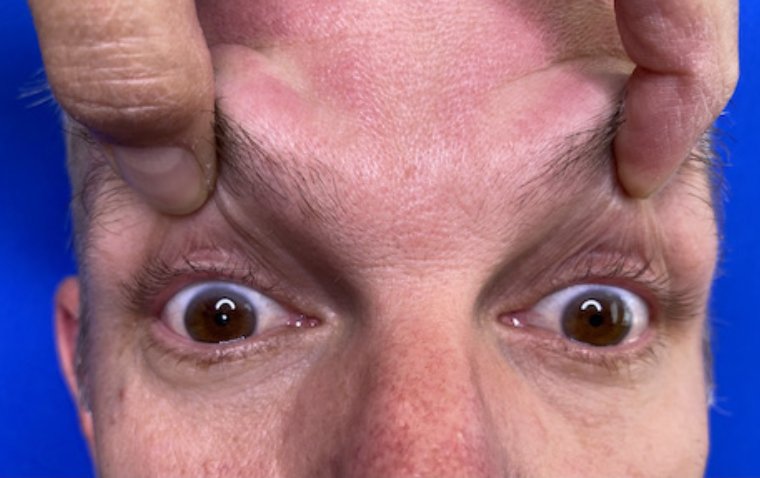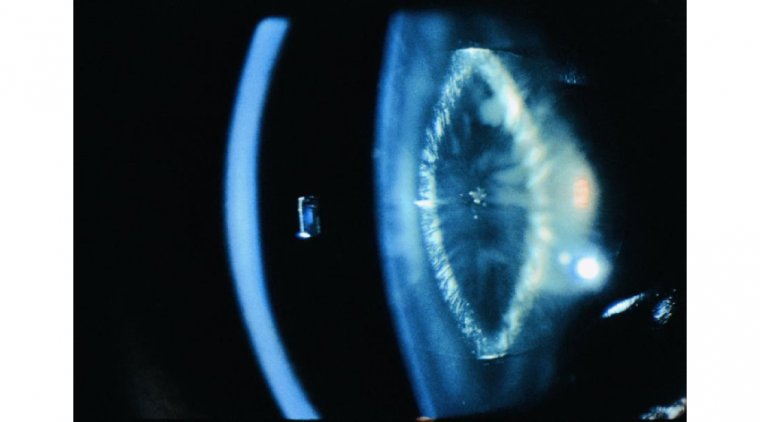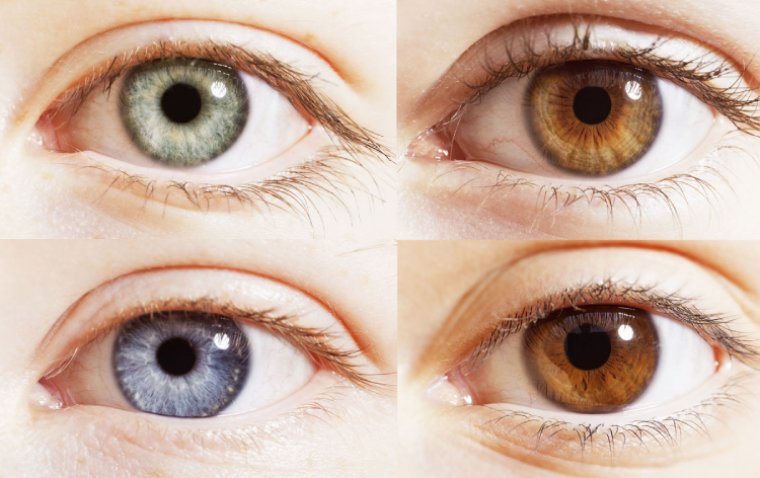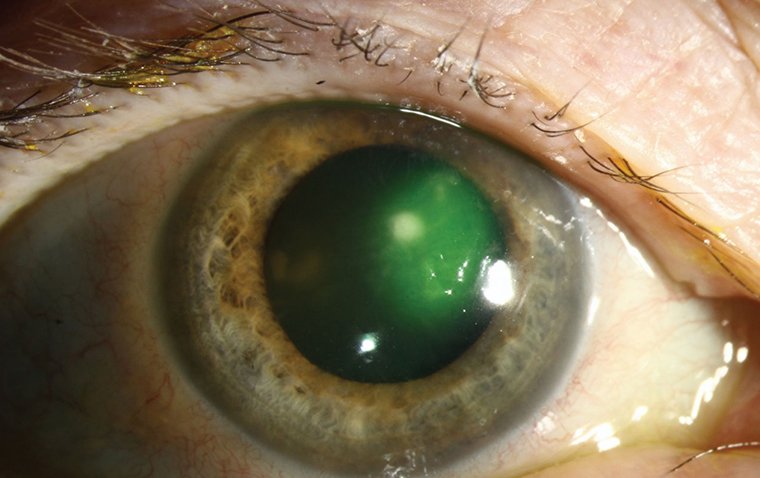
When the Sun Attacks: Understanding Photokeratitis
What Is Photokeratitis?
Imagine you're basking in the sun on a beautiful beach, soaking up the warm rays without a care in the world. Or perhaps you're on a snowy mountain peak, embracing the thrill of skiing down the slopes. In both scenarios, you're surrounded by the beauty of nature, but you're also at risk for an often overlooked ocular hazard: photokeratitis.
Photokeratitis, commonly referred to as "snow blindness" or "welder's flash," is a painful, temporary eye condition caused by overexposure to ultraviolet (UV) rays. While the sun is the primary source of UV radiation, artificial sources such as welding torches and tanning beds can also cause photokeratitis. This condition occurs when the cornea, the transparent front surface of the eye, gets "sunburned" by the harmful UV rays. The result is inflammation, discomfort, and temporary vision impairment.
In this article, we'll delve into the world of photokeratitis, discussing its causes, symptoms, and prevention strategies to help you enjoy the great outdoors (or your favorite indoor activities) while safeguarding your eyes from the potential dangers of UV radiation.
Symptoms of Photokeratitis
Photokeratitis can manifest through various symptoms that affect the eyes and vision. Although the severity and duration of these symptoms may vary from person to person, they typically appear within a few hours of UV exposure and can last for a few days. The following are some of the most common symptoms associated with photokeratitis:
1. Pain: One of the primary symptoms of photokeratitis is a sharp, burning pain in the eyes. This sensation can be accompanied by a gritty feeling, as if sand or a foreign object is lodged in the eye
2. Redness: The inflammation caused by photokeratitis can lead to noticeable redness in the whites of the eyes, giving them a bloodshot appearance.
3. Tearing: Excessive tearing or watery eyes are common reactions to the irritation and inflammation caused by photokeratitis.
4. Blurred vision: The corneal damage resulting from photokeratitis can cause temporary blurred or hazy vision, making it difficult to see clearly.
5. Sensitivity to light (photophobia): The eyes may become extremely sensitive to light, especially bright or harsh light sources. Photophobia can make it uncomfortable to be outdoors in sunlight or indoors under artificial lighting.
6. Swelling: In some cases, the eyelids and surrounding tissue may become swollen due to the inflammatory response triggered by photokeratitis.
7. Temporary vision loss: In severe cases of photokeratitis, individuals may experience a temporary loss of vision, which usually resolves as the cornea heals.
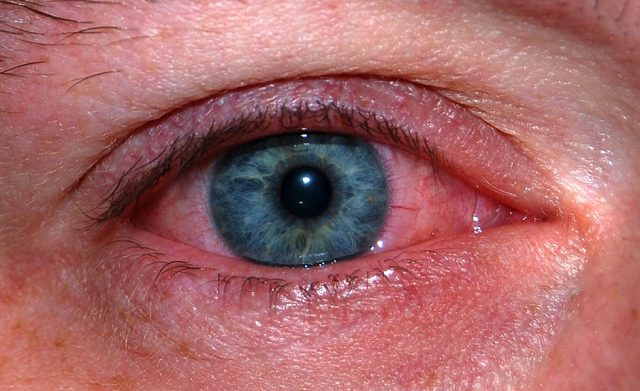
How to Diagnose Photokeratitis
Diagnosing photokeratitis typically involves a comprehensive eye examination by a healthcare professional, such as an optometrist or ophthalmologist. The goal is to assess the overall health of the eye, identify the signs of photokeratitis, and rule out other possible causes of the symptoms. The diagnostic process may include the following steps:
1. Visual acuity: The eye care professional will measure your visual acuity to determine if your vision has been affected by photokeratitis. This test typically involves reading letters or symbols on a chart at a specific distance.
2. Pupil evaluation: The healthcare professional will evaluate your pupils' size, shape, and reaction to light to detect any abnormalities that may be indicative of photokeratitis or other eye conditions.
3. Slit-lamp examination: A slit-lamp is a specialized microscope used by eye care professionals to examine the structures of the eye in detail. During a slit-lamp examination, the healthcare professional will closely inspect the cornea, conjunctiva, and other parts of the eye to look for signs of inflammation, damage, or foreign bodies.
4. Patient history: The eye care professional will ask about your recent activities, such as sun exposure, time spent outdoors, or potential exposure to artificial sources of UV light (e.g., welding or tanning beds). This information can provide valuable context to help confirm a diagnosis of photokeratitis.
Additional tests: In some cases, the eye care professional may perform additional tests, such as fluorescein staining, which involves applying a yellow dye to the eye's surface to help visualize corneal abrasions or other damage more clearly.
Based on the examination findings and the patient's history, the eye care professional can diagnose photokeratitis and recommend appropriate treatment options. It is essential to consult an eye care professional if you suspect you have photokeratitis or experience any eye-related symptoms, as timely intervention can prevent potential complications and promote proper healing.
Treating Photokeratitis
Prevention of Photokeratitis
Taking preventative measures can significantly reduce the risk of photokeratitis and protect your eyes from the harmful effects of UV radiation. Here are some essential tips to help you prevent photokeratitis:
● Wear UV-protective sunglasses: Invest in sunglasses that block 100% of UVA and UVB rays. Look for labels indicating "UV400" or "100% UV protection" when purchasing sunglasses. Wraparound sunglasses or those with large lenses can offer additional protection by shielding the eyes from all angles.
● Wear a wide-brimmed hat: A hat with a wide brim can provide extra shade for your eyes, reducing UV exposure and complementing the protection offered by sunglasses.
● Avoid peak UV exposure hours: Limit your time outdoors during peak UV radiation hours, typically between 10 am and 4 pm. If you must be outside during this time, make sure to protect your eyes with sunglasses and a hat.
● Use protective eyewear when working with UV sources: If you work with welding torches, tanning beds, or other artificial sources of UV radiation, always wear appropriate protective eyewear to shield your eyes from harmful rays.
● Wear ski goggles with UV protection: If you're skiing or snowboarding, wear ski goggles that offer UV protection, as the reflection of UV rays off the snow can increase the risk of photokeratitis.
● Be cautious near reflective surfaces: Water, sand, and snow can reflect UV rays, increasing your exposure. Make sure to wear sunglasses and a hat when spending time near these surfaces.
● Check the UV index: Keep an eye on the UV index in your area using weather apps or websites. The higher the UV index, the greater the risk of photokeratitis and other UV-related eye conditions
Conclusion
Photokeratitis is a painful and potentially debilitating condition caused by overexposure to harmful UV radiation from the sun or artificial sources. It's crucial to recognize the symptoms of photokeratitis, which include pain, redness, tearing, blurred vision, and sensitivity to light, and to seek medical attention promptly if these symptoms occur. A comprehensive eye examination by an eye care professional can help diagnose photokeratitis and guide appropriate treatment, ensuring a quick recovery and minimizing complications.
However, prevention is always better than cure. By taking steps to protect your eyes from UV radiation, such as wearing UV-protective sunglasses and hats, avoiding peak UV exposure hours, and using appropriate protective eyewear when working with UV sources, you can significantly reduce your risk of photokeratitis. Remember, safeguarding your eyes from the harmful effects of UV radiation is an essential aspect of maintaining good eye health and preserving your vision for years to come.
(1).jpg)
